
The Ultimate Guide to Ornamental Grasses
Published: 28/03/2024 | Updated: 19/05/2024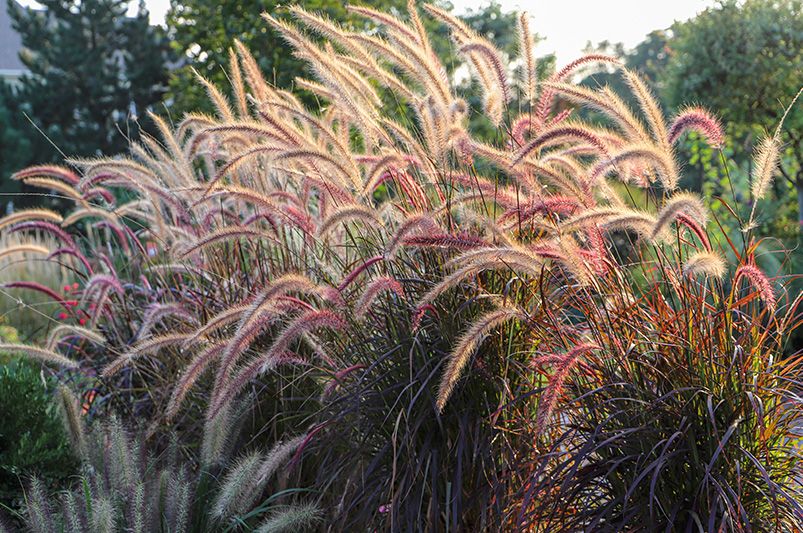
Welcome to the lush world of ornamental grasses, where beauty meets functionality in landscaping. Ornamental grasses are not only visually striking but also offer a range of benefits for your outdoor space. From adding texture and movement to providing habitat for wildlife, these versatile plants are a must-have for any garden enthusiast.


Ornamental grasses come in a variety of shapes, sizes, and colors, making them suitable for a wide range of landscapes and design preferences. Whether you're looking to create a serene shade garden or a vibrant sun-soaked border, there's an ornamental grass species perfect for your needs.
In this comprehensive guide, we'll explore everything you need to know about ornamental grasses, from selecting the right species to planting and caring for them. This article is part of our weekly blog series, available for exploration at Shrubhub blog. Get ready to transform your landscape with the beauty and elegance of ornamental grasses!
Choosing the Right Ornamental Grass:
When it comes to selecting the perfect ornamental grasses for your landscape, there are several factors to consider. First, assess the growing conditions in your garden, including sunlight exposure, soil type, and moisture levels. Most ornamental grasses thrive in full sun and well-drained soil, but some varieties can tolerate shade and moist conditions as well.
For cool-season grasses, such as blue fescue and tufted hair grass, opt for species that prefer cooler temperatures and can withstand frost. These grasses typically thrive in early spring and fall, adding color and texture to your garden during cooler months.
On the other hand, warm-season grasses, like Variegated Japanese Silver Grass and Switchgrass, thrive in hot, sunny conditions and are at their best during the summer months. These grasses provide vibrant foliage and texture, creating a dynamic focal point in your landscape.

Consider the height and growth habit of ornamental grasses when planning your garden. Upright grasses, such as feather reed grass and maiden grass, add vertical interest and structure to borders and beds, while low-growing varieties like blue oat grass and mondo grass are ideal for ground cover and edging.
Lastly, think about the overall aesthetic you want to achieve in your garden. Perennial ornamental grasses come in a range of colors, from bold greens and blues to soft pinks and purples, allowing you to create a cohesive and visually appealing landscape design. Choose complementary grasses that enhance the existing color palette of your garden while adding depth and dimension.
By carefully selecting the right ornamental grasses for your garden, you can create a stunning landscape that delights the senses year-round. Whether you're aiming for a tranquil retreat or a vibrant showcase, ornamental grasses offer endless possibilities for enhancing your outdoor space.
Planting and Caring for Ornamental Grasses:
Once you've chosen the perfect ornamental grasses for your landscape, it's time to plant and care for them to ensure they thrive. Here's a step-by-step guide to planting and maintaining these beautiful additions to your garden:
-
Prepare the Soil: Before planting ornamental grasses, prepare the soil by loosening it to a depth of about 12 inches. Amend the soil with organic matter, such as compost, to improve drainage and fertility. Ornamental grasses prefer well-drained soil, so avoid planting them in areas prone to waterlogging.
-
Planting: Dig a hole that is slightly wider and at the same depth as the root ball of the grass. Gently remove the grass from its container and place it in the center of the hole. Backfill with soil and tamp down gently to remove air pockets. Water thoroughly after planting to settle the soil around the roots.
-
Watering: Water newly planted ornamental grasses regularly to keep the soil consistently moist but not waterlogged. Once established, most ornamental grasses are drought-tolerant and require minimal watering. However, during hot, dry spells, provide supplemental irrigation to help them thrive.
-
Fertilizing: Ornamental grasses generally do not require heavy fertilization. Apply a balanced, slow-release fertilizer in early spring to promote healthy growth. Avoid over-fertilizing, as this can cause excessive foliage at the expense of flowers.

-
Pruning: In late winter or early spring, before new growth emerges, prune ornamental grasses to remove dead or damaged foliage. Use sharp, clean pruners to cut the grasses back to a height of 2-3 inches above the ground. This rejuvenation pruning helps promote fresh growth and prevents the grasses from becoming too leggy.
-
Division: Over time, ornamental grasses may become overcrowded and lose their vigor. To rejuvenate overcrowded clumps, divide them every 2-3 years in early spring or fall. Dig up the clump and use a sharp shovel or knife to separate it into smaller sections, each with its roots and foliage. Replant the divisions in prepared soil and water thoroughly.
-
Pest and Disease Control: Ornamental grasses are generally resistant to pests and diseases, but occasional problems may arise. Keep an eye out for common issues such as aphids, scale insects, and fungal diseases like rust and powdery mildew. Treat infestations promptly with insecticidal soap or horticultural oil, and prune out infected foliage to prevent the spread of disease.
By following these care guidelines, you can ensure that your ornamental grasses remain healthy and vibrant, adding beauty and texture to your landscape year after year.
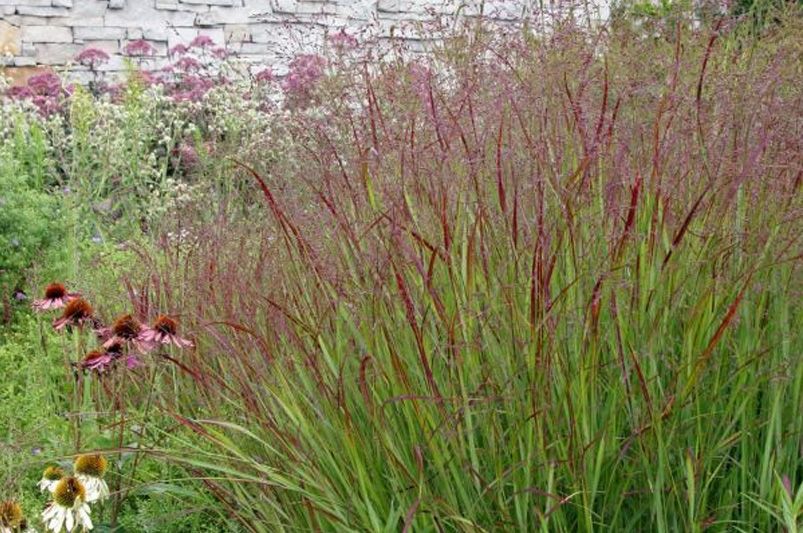
Enhancing Your Landscape with Ornamental Grasses:
Ornamental grasses are versatile plants that can be used in a variety of ways to enhance your landscape. Here are some creative ideas for incorporating these beautiful grasses into your outdoor space:
-
Border Plantings: Use ornamental grasses to create natural-looking borders along pathways, driveways, or garden beds. Choose tall, upright grasses like Miscanthus or Panicum to provide a striking backdrop for flowering perennials and shrubs. For a softer, more delicate look, opt for low-growing grasses such as Festuca or Carex.
-
Mass Plantings: For a dramatic effect, mass plantings of ornamental grasses can create a stunning focal point in your landscape. Plant several varieties together in large drifts or clumps to add texture, movement, and visual interest. Mix different colors, heights, and textures for a dynamic display that evolves throughout the seasons.
-
Container Gardens: Ornamental grasses are excellent choices for container gardens, adding height, texture, and drama to patio spaces, balconies, or decks. Choose compact varieties like Pennisetum or Hakonechloa for smaller containers, or opt for larger specimens like Cortaderia or Miscanthus for larger pots. Pair grasses with complementary flowering plants or foliage plants for added interest.
-
Water Features: Ornamental grasses can be used to soften the edges of water features such as ponds, streams, or waterfalls. Plant grasses along the banks or around the perimeter of the water feature to create a natural transition between land and water. Grasses with arching foliage, such as Carex or Molinia, can be particularly effective in this setting.
-
Erosion Control: In areas prone to soil erosion, ornamental grasses can help stabilize the soil and prevent runoff. Plant grasses on slopes or embankments to help hold the soil in place and reduce erosion. Grasses with fibrous root systems, such as Panicum or Calamagrostis, are particularly effective for erosion control.
-
Wildlife Habitat: Ornamental grasses provide valuable habitat and food sources for birds, butterflies, and other wildlife. Choose grasses with seed heads or berries that attract birds, such as Pennisetum or Sorghastrum. Grasses with dense foliage, such as Miscanthus or Panicum, provide cover and nesting sites for birds and small mammals.
By incorporating ornamental grasses into your landscape design, you can add beauty, texture, and interest to your outdoor space. Visit ShrubHub to explore our wide selection of high-quality ornamental grasses and start planning your landscape makeover today!
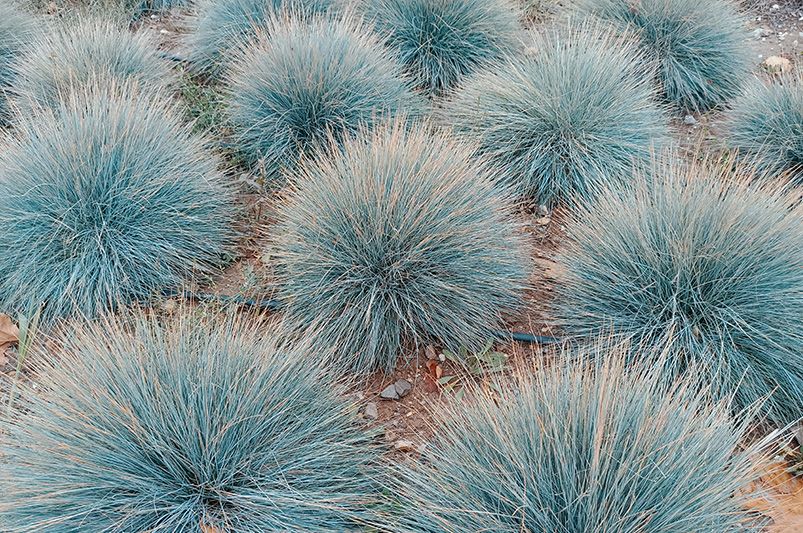
Creating a Low-Maintenance Landscape with Ornamental Grasses:
One of the greatest benefits of ornamental grasses is their low-maintenance nature, making them ideal for busy homeowners or those seeking to reduce the amount of time and effort spent on garden upkeep. Here are some tips for creating a low-maintenance landscape using ornamental grasses:
-
Drought Tolerance: Many ornamental grasses are well-adapted to drought conditions, making them perfect for water-wise landscaping. Choose drought-tolerant grasses such as Blue Fescue (Festuca glauca) or Switchgrass (Panicum virgatum) to minimize the need for supplemental watering during dry periods. Once established, these grasses require minimal irrigation, helping you conserve water and save on utility bills.
-
Minimal Pruning: Unlike traditional shrubs or flowering plants, ornamental grasses require minimal pruning or deadheading to maintain their shape and appearance. In most cases, you can simply cut back dead foliage in early spring before new growth emerges. This simple maintenance task can be completed in just a few minutes per plant, reducing the overall time and effort required to keep your landscape looking its best.
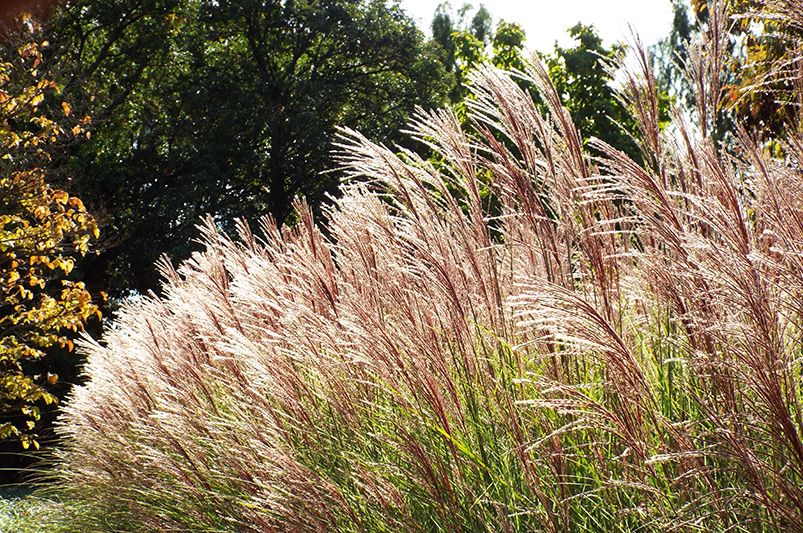
-
Pest and Disease Resistance: Native grasses are generally less susceptible to pests and diseases compared to other types of plants, reducing the need for chemical pesticides or fungicides. By choosing disease-resistant varieties such as Maiden Grass (Miscanthus sinensis) or Fountain Grass (Pennisetum alopecuroides), you can minimize the risk of plant damage and ensure a healthier, more resilient landscape.
-
Seasonal Interest: One of the key benefits of ornamental grasses is their ability to provide year-round interest in the landscape. While some grasses may go dormant or lose their foliage during the winter months, others retain their color and texture throughout the year, offering visual appeal in every season. Incorporate evergreen grasses such as Evergold Sedge Grass with its veriegated foliage, which is green and gold in color, or Dwarf Fountain Grass (Pennisetum alopecuroides 'Hameln') to maintain interest and structure in your landscape, even during the colder months.
-
Weed Suppression: Ornamental grasses can also help suppress weed growth in the garden, thanks to their dense root systems and vigorous growth habits. Planting grasses in strategic locations can help shade the soil, preventing weed seeds from germinating and competing for resources with desirable plants. Combine ornamental grasses with ground covers or mulch to create a natural weed barrier that reduces the need for manual weeding and chemical herbicides.
By incorporating low-maintenance ornamental grasses into your landscape design, you can enjoy a beautiful and sustainable outdoor space with minimal effort. Visit ShrubHub to explore our selection of high-quality ornamental grasses and start creating your low-maintenance landscape today!
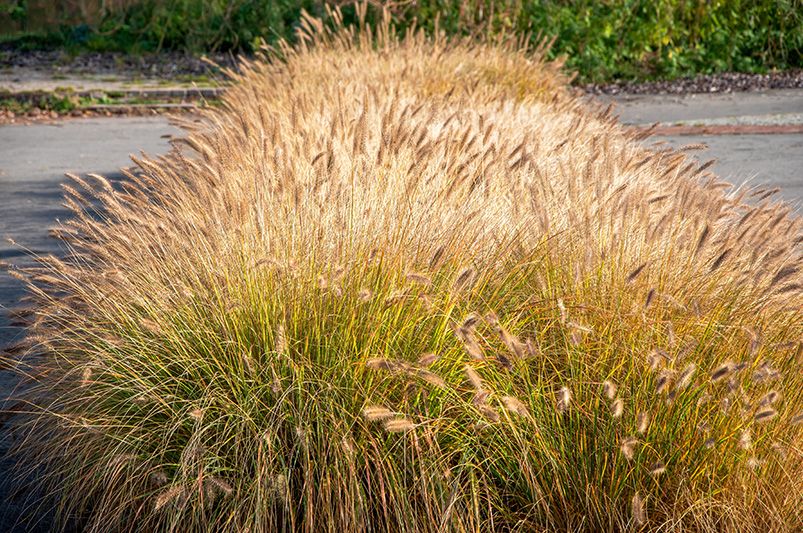
Conclusion
In conclusion, ornamental grasses offer a myriad of benefits for homeowners looking to create a low-maintenance and visually stunning landscape. Their drought tolerance, minimal pruning requirements, pest resistance, seasonal interest, and weed suppression qualities make them an excellent choice for any garden.
If you're ready to enhance your outdoor space with the beauty and practicality of ornamental grasses, ShrubHub has you covered. Explore our wide selection of high-quality ornamental grasses, along with other landscaping essentials, at ShrubHub. Whether you're a seasoned gardener or just getting started, our team of experts is here to help you find the perfect plants for your landscape needs.
Visit ShrubHub today to transform your outdoor space into a lush and vibrant oasis that you can enjoy for years to come.


